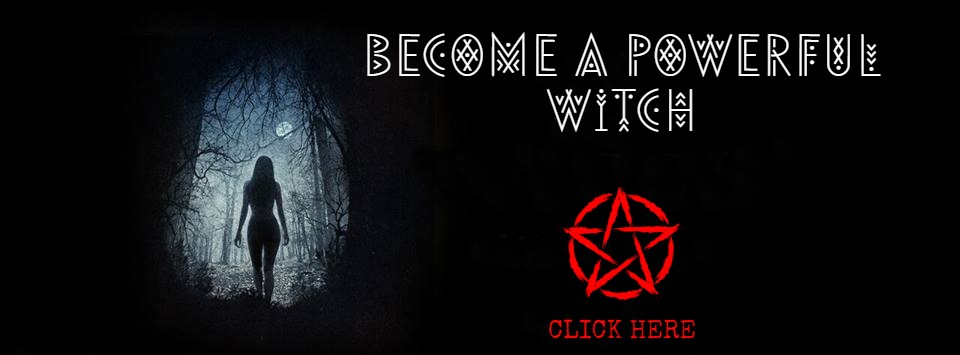Cunning Man/Cunning Woman

A cunning man or a cunning woman is a village witch or healer who provided cures, remedies, charms, spells and divination, usually in exchange for a fee or gift. “Cunning” comes from the Old English term kenning, meaning “wise” or “knowledgeable.”
Other terms for cunning man and cunning woman are wise man, wise woman, sorcerer, wizard, conjurer, charmer, blesser, white witch and witch. Traditionally, cunning men and women came into their craft by heredity, such as James Murrell, one of England’s most famous cunning men.
Others acquired their gifts by supernatural intervention, such as from fairies or the dead, or from divine intervention. Some, in fact, were revered in earlier times as semi-divine. Their abilities were from their gifts and knowledge, or “cunning,” as opposed to any particular holy status in the church. The magic they practiced was a home-made amalgam of Christian prayers and rites mixed with pagan material, folk magic and occultism.
Folk magical arts were passed along in oral tradition, embroidered, embellished and changed as time passed. Cunning men and women who could read possessed various magical texts, including famous grimoires such as The Greater Key of Solomon (see grimoires) or the Fourth Book of Agrippa.
Many cunning men and women were described as odd people, with strange or unusual appearances, or liv- ing alone or in semi-seclusion, who could “do a thing or two.” Their animals were regarded as their familiar servants, or, when public opinion was charitable, as their “good angels.” Fees for magical services generally were small, as most clients were poor locals; thus, cunning men and women often lived on the edge of poverty themselves.
The better ones were sought out by aristocrats, usually for procuring the love of someone or faithfulness from a wayward spouse. Court records in England show that not all cunning men and women worked cheaply. Some assessed the aristocracy for hefty 40- and 50-pound fees, even annuities.
In 1492 a cunning man set a fee of 1,000 pounds for a charm to procure a husband for a widow, while a cunning woman of the same time period took 25 percent of all stolen goods she found through divination. By contrast, the Church of England took in slightly less than 100 pounds in offerings in a year. Some cunning men and women became wealthy enough to buy land and build homes.
Cunning men and women flourished up until about the late 17th century, when belief in magic was high. They served as a sort of unofficial police and as a deterrent to wrongdoing, for when crimes were committed, a cunning man or woman was consulted to divine the guilty party. Though magic declined in importance from the 18th century on, their presence in society continued even into modern times, especially in rural areas, albeit in a diminished status.
They practiced their magical arts as an open secret, conducting their business quietly so as to avoid prosecution under various anti-magic and anti-witchcraft laws. Sometimes they met with little interference from authorities, who looked the other way unless a client complained.
Some, such as Biddy Early, were regularly denounced from pulpits but were more or less not bothered because of their popularity. During the Inquisition, however, cunning men and women became vulnerable targets for charges of Devil- worship and evil witchcraft. A proliferation of laws made it illegal to divine, heal and cast spells for virtually any reason.
If a cunning man or woman was quite successful and competed with the church for the locals’ meager wages, the church got rid of them by bringing charges of witchcraft. Some cunning men and women (mostly women) simply became scapegoats for waves of witch hysteria. But even prosecution failed to dampen public support in some cases, and visitors would throng a jail to seek a fallen cunning woman’s services before she was likely executed for her “crimes.”
The art of the old cunning man and woman lives on in modern times in a variety of guises: the astrologer, psy- chic or intuitive counselor, energy healer and herbalist. Some of these individuals consider themselves part of Wicca or Paganism; others belong to mainstream religions; still others consider themselves part of no particular religion at all.
SEE ALSO:
- Charms
- Old George Pickingill
- Pellar
- Pow- wowing
- Spells
- Witchcraft Glossary
- Witchcraft
Further Reading:
- Bottrell, William in Kelvin I. Jones, ed., Cornish Witches & Cunning Men. Penzance: Oakmagic Publications, 1996.
- Maple, Eric. The Dark World of Witches. New York: A.S. Barnes & Co., 1962.
- Thomas, Keith. Religion and the Decline of Magic. New York: Charles Scribner’s Sons, 1971.
The Encyclopedia of Witches, Witchcraft and Wicca written by Rosemary Ellen Guiley – Copyright © 1989, 1999, 2008 by Visionary Living, Inc.











